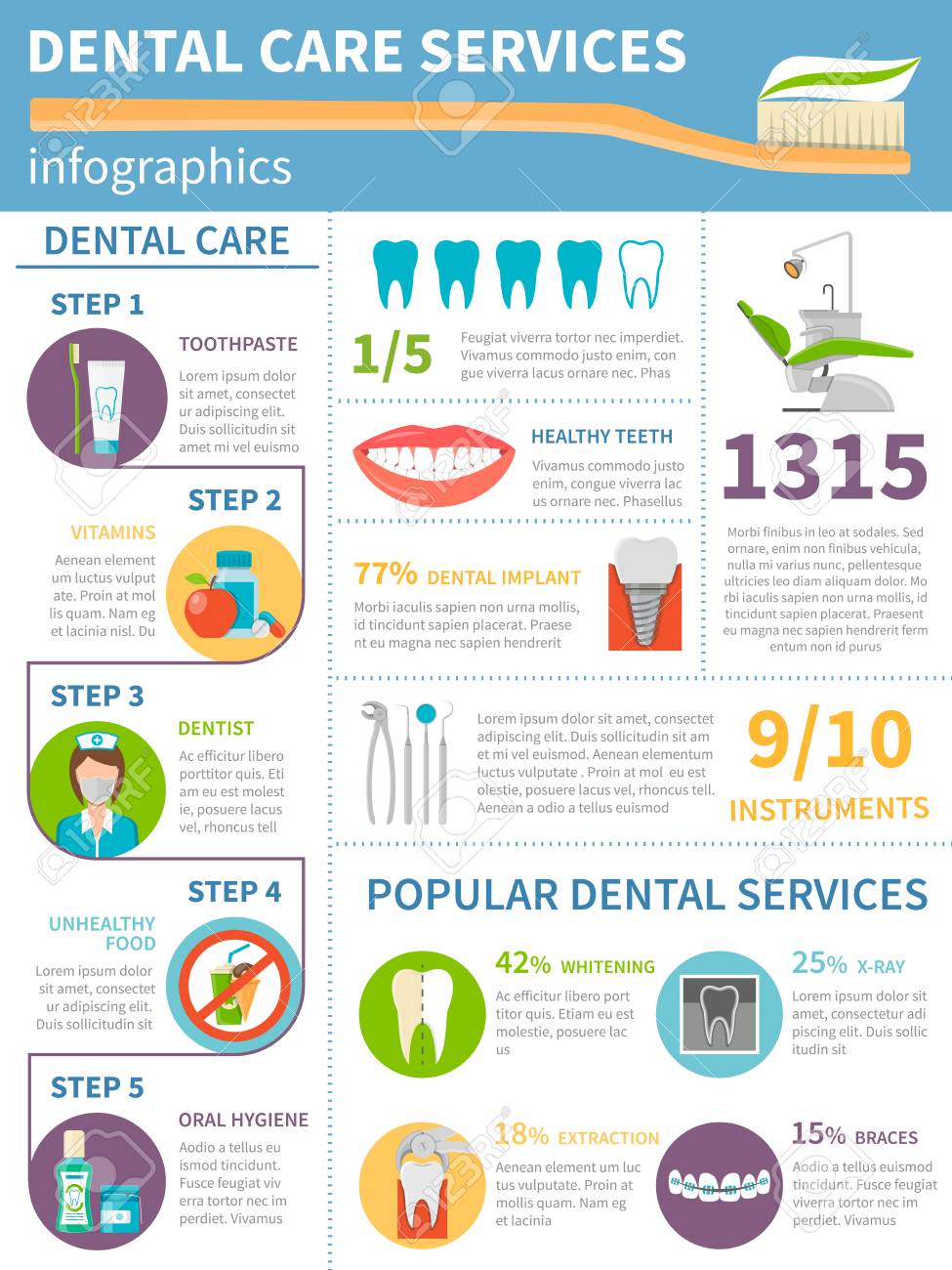Explore The Introducing Advancements That Are Transforming The Landscape Of Oral Surgery. Check Out The Future Of The Area And Ensure You Stay At The Center. Click Now For A Sneak Peek Of What Is To Find
Explore The Introducing Advancements That Are Transforming The Landscape Of Oral Surgery. Check Out The Future Of The Area And Ensure You Stay At The Center. Click Now For A Sneak Peek Of What Is To Find
Blog Article
Post Composed By-Demir Jefferson
Invite to the world of dental surgery, where developments and breakthroughs are shaping the future of the field! In this interesting realm, you'll witness the transformative power of robotics, the cutting-edge marvel of 3D printing, and the game-changing effect of minimally invasive strategies.
The future of oral surgery holds a guarantee of accuracy, effectiveness, and improved individual end results. With the help of advanced robotics, doctors have the ability to perform complex treatments with higher precision and control.
3D printing technology is reinventing the development of oral implants and prosthetics, offering customized solutions that fit seamlessly right into each client's unique composition.
Additionally, minimally intrusive techniques are decreasing post-operative discomfort and recuperation time, enabling individuals to return to their every day lives quicker.
Prepare yourself to check out the interesting developments and developments that are improving the landscape of oral surgery!
Advancements in Robotics
One significant development in dental surgery is making use of robotic technology, which permits precise and efficient operations. With https://orthodonticproductsonline.com/clinical-tips/appliances/clinical-pearl-importance-pre-ma-phase/ of robot systems, dental doctors have the capacity to carry out complicated surgical procedures with boosted accuracy, reducing the risk of human error.
These robot systems are furnished with sophisticated imaging modern technology and accurate tools that make it possible for specialists to navigate via intricate anatomical frameworks effortlessly. By making use of robot innovation, doctors can achieve better medical accuracy, leading to enhanced patient results and faster recovery times.
On top of that, using robotics in dental surgery enables minimally invasive procedures, minimizing the trauma to bordering tissues and promoting faster recovery.
3D Printing in Oral Surgery
To improve the area of dental surgery, you can discover the subtopic of 3D printing in oral surgery. This innovative technology has the potential to reinvent the way oral specialists operate and deal with people. Below are check out here which 3D printing is forming the area:
- ** Customized Surgical Guides **: 3D printing allows for the production of very exact and patient-specific surgical guides, enhancing the precision and performance of procedures.
- ** Implant Prosthetics **: With 3D printing, dental doctors can produce tailored dental implant prosthetics that perfectly fit an individual's special anatomy, leading to far better outcomes and individual contentment.
- ** Bone Grafting **: 3D printing allows the manufacturing of patient-specific bone grafts, minimizing the demand for typical implanting methods and boosting recovery and healing time.
- ** Education and learning and Training **: 3D printing can be used to produce practical surgical designs for instructional objectives, permitting dental cosmetic surgeons to exercise intricate procedures prior to doing them on individuals.
With its prospective to improve precision, personalization, and training, 3D printing is an interesting advancement in the field of dental surgery.
Minimally Intrusive Strategies
To better advance the field of oral surgery, embrace the possibility of minimally intrusive techniques that can greatly benefit both surgeons and patients alike.
Minimally invasive methods are transforming the field by decreasing surgical trauma, reducing post-operative discomfort, and accelerating the recovery process. These strategies involve utilizing smaller sized incisions and specialized instruments to perform procedures with precision and effectiveness.
By using sophisticated imaging innovation, such as cone light beam computed tomography (CBCT), surgeons can accurately prepare and carry out surgical procedures with very little invasiveness.
In addition, the use of lasers in oral surgery enables precise cells cutting and coagulation, resulting in lessened bleeding and decreased recovery time.
With minimally intrusive techniques, clients can experience quicker recuperation, decreased scarring, and boosted results, making it a vital aspect of the future of dental surgery.
Conclusion
So, as you can see, the future of oral surgery is extremely encouraging, with interesting advancements and advances forming the field.
From the developments in robotics to the use of 3D printing and minimally invasive methods, dental surgeons are transforming the method they supply treatment.
While some might stress over the prospective expense associated with these developments, it is very important to remember that these innovations eventually improve client results and reduce recovery time, making them well worth the investment in the long run.
